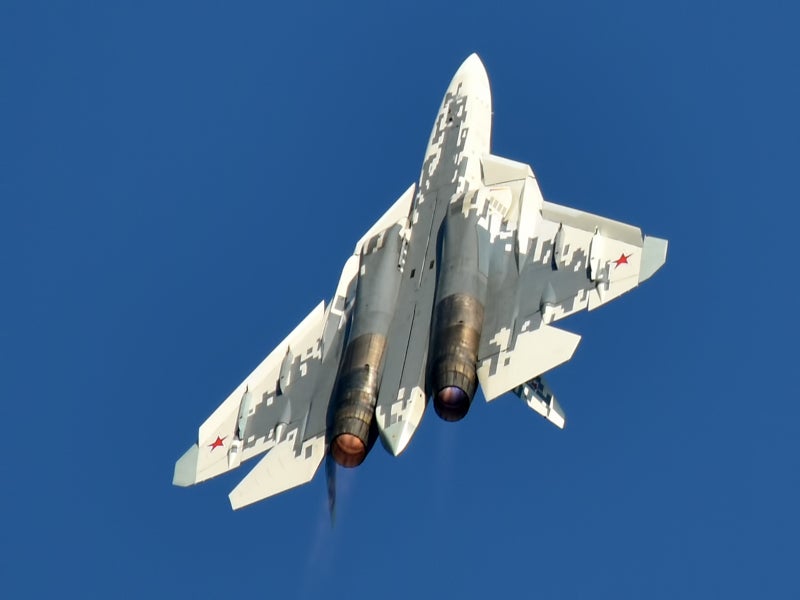SOURCE: AFI


Vishnu Som, a senior journalist at NDTV, has raised a critical question regarding India’s air power capabilities in the face of growing Chinese military might. He argues that India needs to make significant investments to achieve parity with China’s air power, or risk facing a precarious security situation.
According to Som, China’s possession of nearly 300 J-20 stealth fighters underscores the urgency of India’s situation. The acquisition of 50 additional Rafales, while a valuable addition, would not be sufficient to neutralize this threat. He emphasizes the need for a comprehensive and aggressive approach to bolster India’s air power.
Som suggests several key strategies to address this challenge:
- Immediate Acquisition of Su-57 Fighters: India should consider purchasing 100 Su-57 fighters, provided they meet the advertised performance standards. These advanced stealth fighters could provide a significant deterrent against Chinese air power.
- Accelerated Development of AMCA: The development of the Advanced Medium Combat Aircraft (AMCA) should be a national priority. India needs at least 100 AMCA jets, with the initial iterations meeting a minimum acceptable technology threshold.
- Expansion of Rafale Fleet: The Indian Air Force should acquire 200 Rafales to replace its aging fleet of MiG, Mirage 2000, and Jaguar aircraft. These fighters would serve as the primary heavy-hitters in India’s air power arsenal.
- Modernization of Su-30 Fleet: The Su-30 fleet should be stabilized at 80 highly upgraded fighters. These aircraft could be used for heavy standoff weapons, as mini AWACS, and as standoff jammers.
- Production of Tejas Mk2: India should invest in and speed up the manufacture of Tejas Mk2 fighters to strengthen its low-end air power spectrum. A fleet of 50-60 Tejas Mk2 fighters could provide valuable capabilities.
However, implementing these strategies would require substantial financial resources and political will. India would need to allocate significant funds to defense, which could impact other sectors of the economy. Additionally, there may be challenges in acquiring the necessary technology and expertise to develop and manufacture advanced fighters.
Ultimately, the decision of how to address India’s air power dilemma will depend on a careful assessment of the risks and benefits. While the cost may be significant, the consequences of failing to invest in air power could be even more severe.